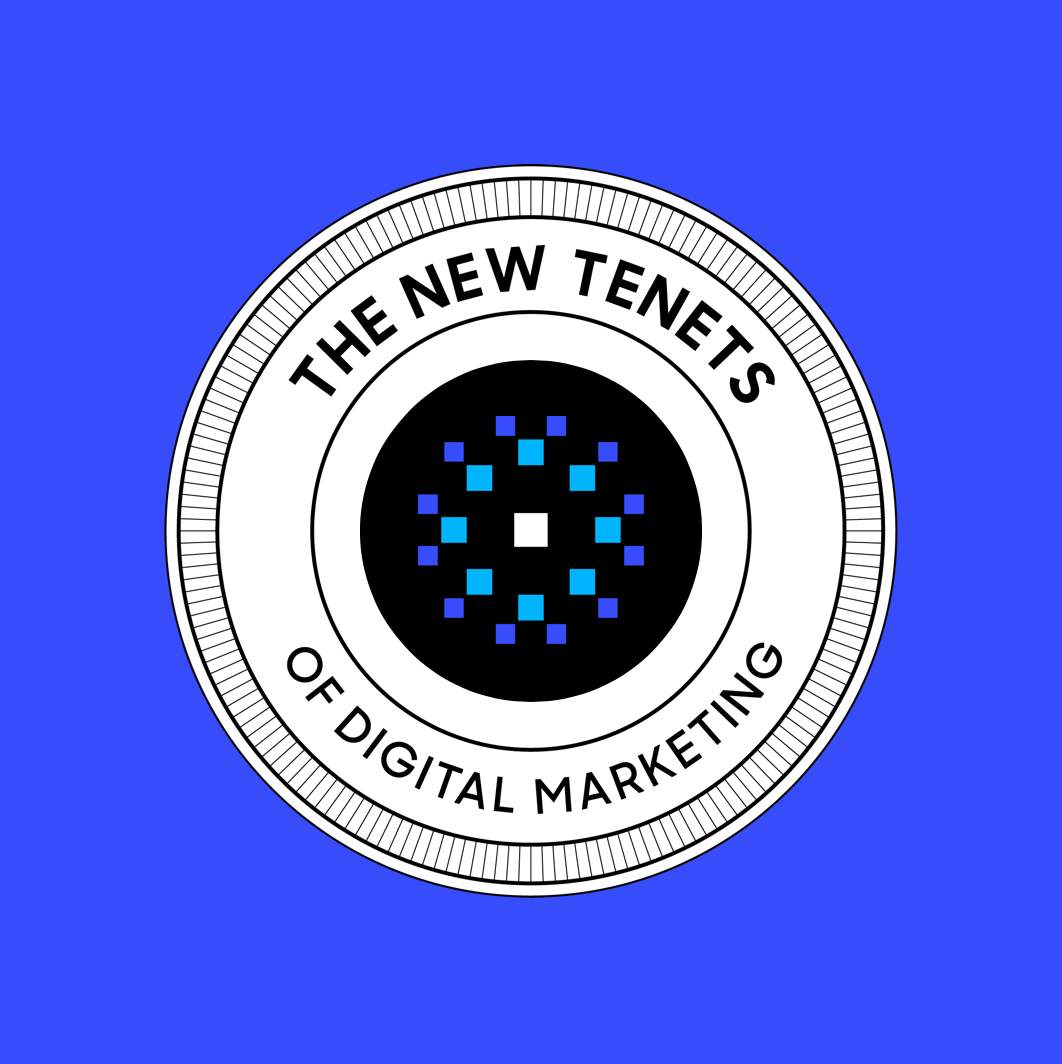Introducing the New Tenets of Digital Marketing
07/09/2019

Marketers looking out at today’s digital advertising landscape see a tidal wave of change, with new rules to play by and an increasingly elusive path to success. Many are frustrated by the sheer number and complexity of data sources, overwhelmed by the deluge of tech tools, and suspect that somewhere along the way, they’ve lost sight of the fundamental marketing goals of brand building and audience connection.
Struggling to keep pace with innovation and to meet resource constraints, marketers say they have been more focused on defending ROI than on pursuing brand transformation. In place of time spent on strategy, category disruption, messaging creativity, and the customer experience, marketing leadership is focused on how to stretch resources and often finds their teams bent on daily, rote tasks like creative rotations and bid adjustments.
As pioneers in autonomous AI, Albert’s aim is to help marketers regain their true north. We are paving the path forward in the post-digital era to unravel the evolving rules of digital advertising, the role of autonomous AI, and the new tenets that will enable marketers to drive transformative business impact.
Before we share our path forward, we’ll take a look at the critical developments accelerating change and compelling innovation in the market today:
#1 From Mass to Hyper Niche
For more than a decade, marketers have relied on paid advertising on major digital platforms such as Facebook and Google as a primary tactic to drive brand awareness, customer acquisition, and conversion. As these platforms reach advertiser and audience saturation, new platform adoption slows, and audiences split their attention across platforms and devices, we find increased spend doesn’t necessarily translate to increased return.
Marketers in this ecosystem are realizing they can no longer win by simply increasing budgets, but that they need to deploy many micro-optimizations (at greater frequency) in order to achieve macro gains again. Winning strategies today are those that lean on actionable learnings to guide media optimizations at each phase of the customer journey, uncovering optimal and tailored methods of catching attention amidst advertising chaos, piquing interest with the right messaging shown to the right audience, and delivering utility where it’s most appreciated. It is a movement away from blunt strokes in media execution to hyper niche targeting and creative messaging.
In order to maintain gains in a saturated marketplace, marketers have moved to invest heavily in niche approaches – and subsequently overhauled the way media operations, partner relationships, and investments look to match.
#2 Reaching for the Longtail
As audiences have shifted their attention and time spent to smaller, endemic platforms, they created a new and significant opportunity for reach and revenue generation that brands could not ignore. However, trying to reach customers in the longtail presented additional, complex challenges for marketers – now compelled to consider the pros and cons of investing in programmatic, dynamic creative, and the tradeoffs that follow. Ultimately, digital marketers betting on the promise of programmatic to deliver efficient reach against dynamic and niche audiences, have often been disappointed. In an effort to maximize efficiency, effectiveness often took a backseat. Marketers learned that substantial investment (both time and money) is required to move ad budgets manually against valuable micro audience groups, often missing the true opportunity of incremental audiences.
Digital marketers have begun to demand more sophisticated tools to help plan, build, optimize, and measure audience activity in the face of growing platform complexity and a returning focus to effectiveness, not just efficiency.
#3 Managing Data Complexity
The customer journey continues to move toward greater complexity and marketers find they need to do more – just to stay in the game. To supplement the hard work of developing traditional and dynamic creative, creating compelling media plans and relevant buys, they insist on more robust measurement and analysis to see their audiences in full view and take more meaningful action.
In an effort to solve for this, marketers look to new tech partners to fill in the gaps in the story. Data vendors offer reams of data on web behavior, mobile insights, shopping propensities, influencer affinity, credit card purchases – resulting in many partial views. And campaign management tools bring to market specialized capabilities that offer another snapshot of the full picture, such as measuring discrete phases of the journey, providing siloed optimization, or calculating ROI by single channel. Such additions to the tech stack often compound complexity, despite the intention to simplify. And still, holistic views such as full funnel ROI, cross-channel optimizations, and comprehensive analyses of the customer journey remain critically absent.
Marketers continue to crave actionable insights across their efforts. This coveted state remains out of reach due, in part, to the inability to assess and take action from the data that lives across their tech stack.
The Path Forward
The way we see it at Albert, marketers must develop innovative strategies fit for this new landscape in order to create and sustain gains. By doing so, we reclaim the greater and original function of marketing: building a powerful brand and audience connection.
In this series, we’ve mapped the key tenets of digital marketing as they apply to brands today, with the aim of guiding advertisers through tumultuous change in the post-digital era. We’ll touch on how to hire and deploy the right teams to win the machine + human opportunity, we’ll share our approach to pursuing customer obsession successfully, and unveil methods of maximizing your data use and application. In each post, we will share our view on how marketers can employ autonomous AI to achieve renewed marketing impact in today’s landscape and ultimately, restore its greater purpose.
Read more in our first post of the series – Tenet #1: Recruit for Human Intelligence.

